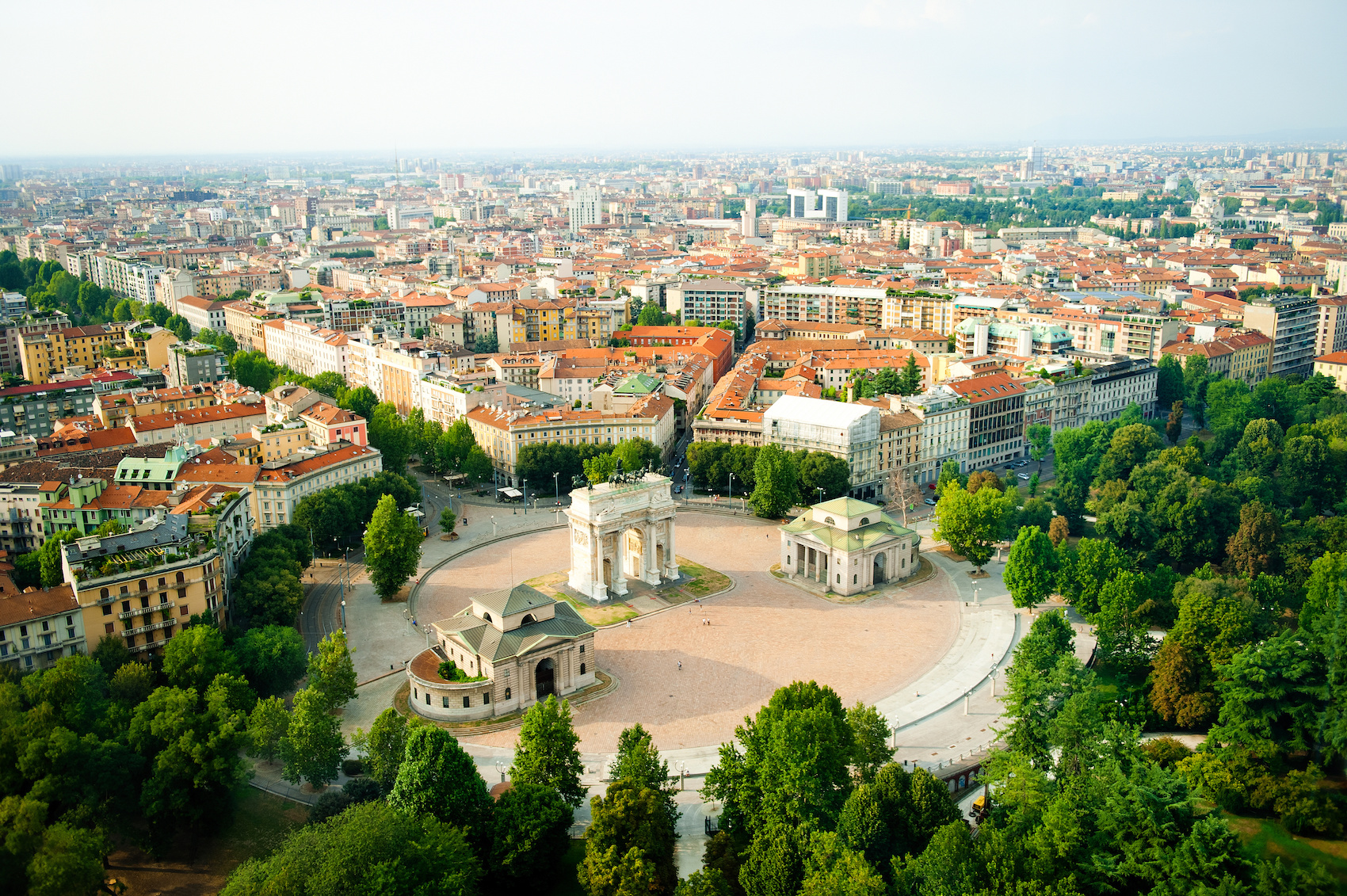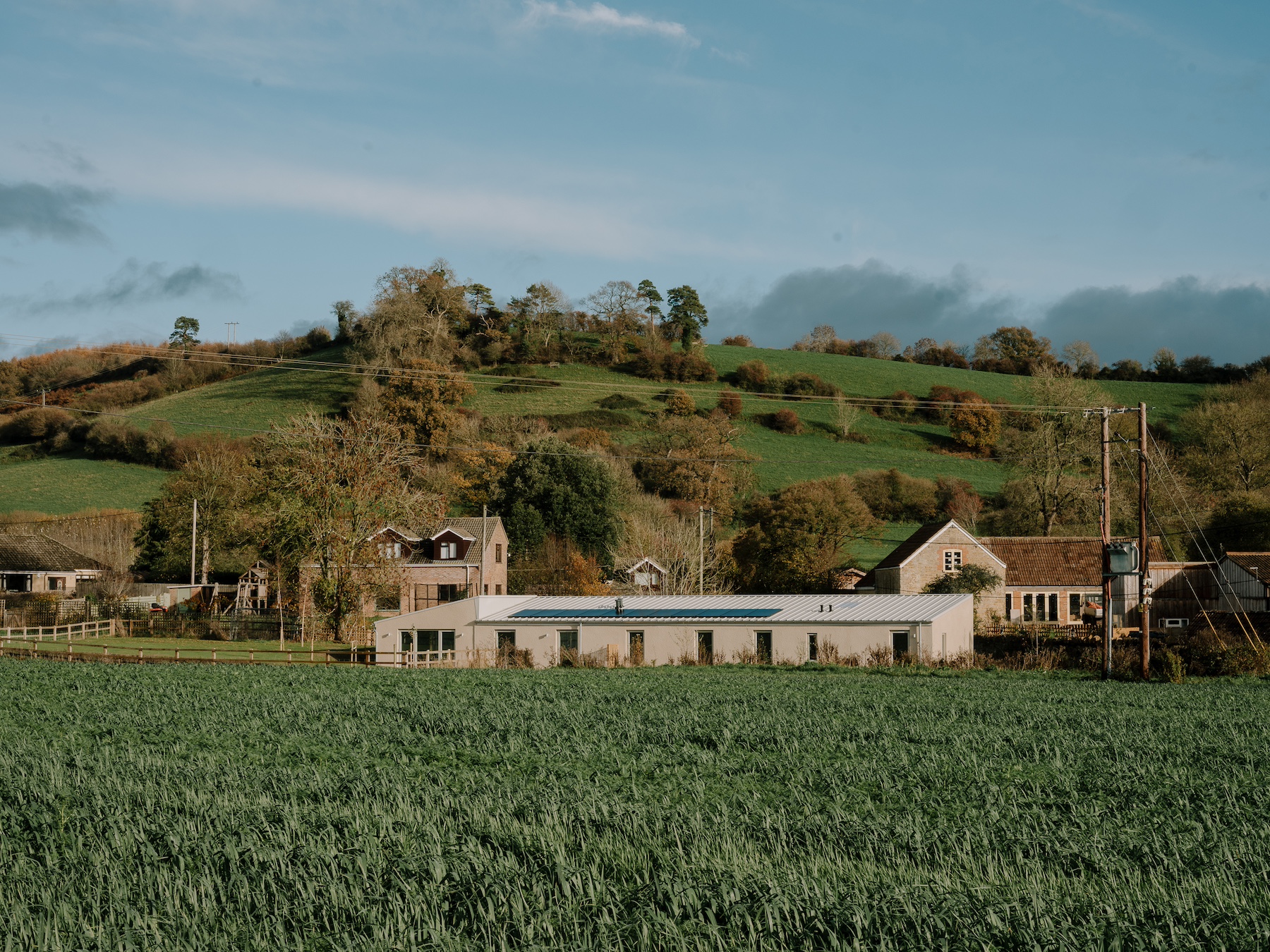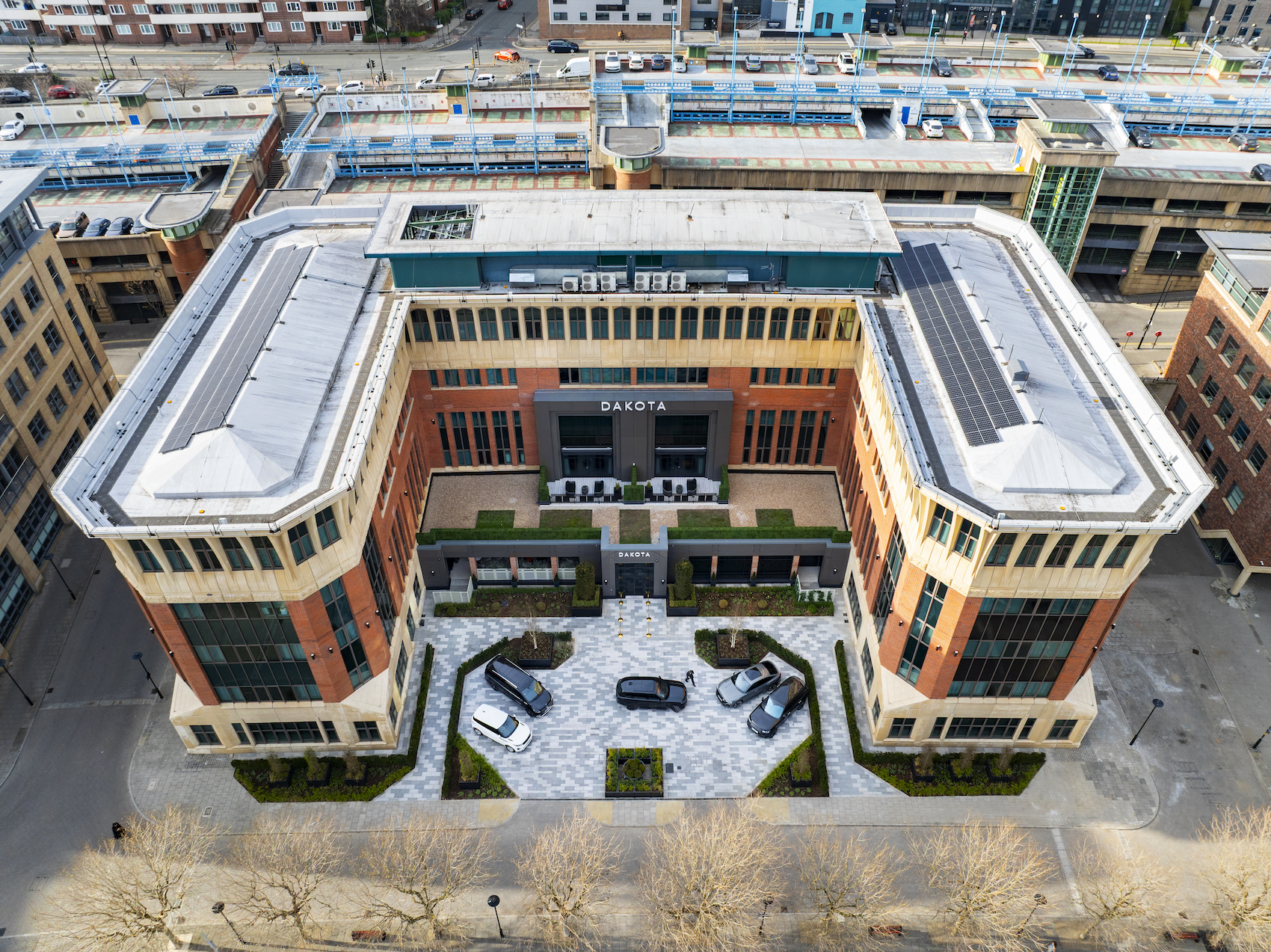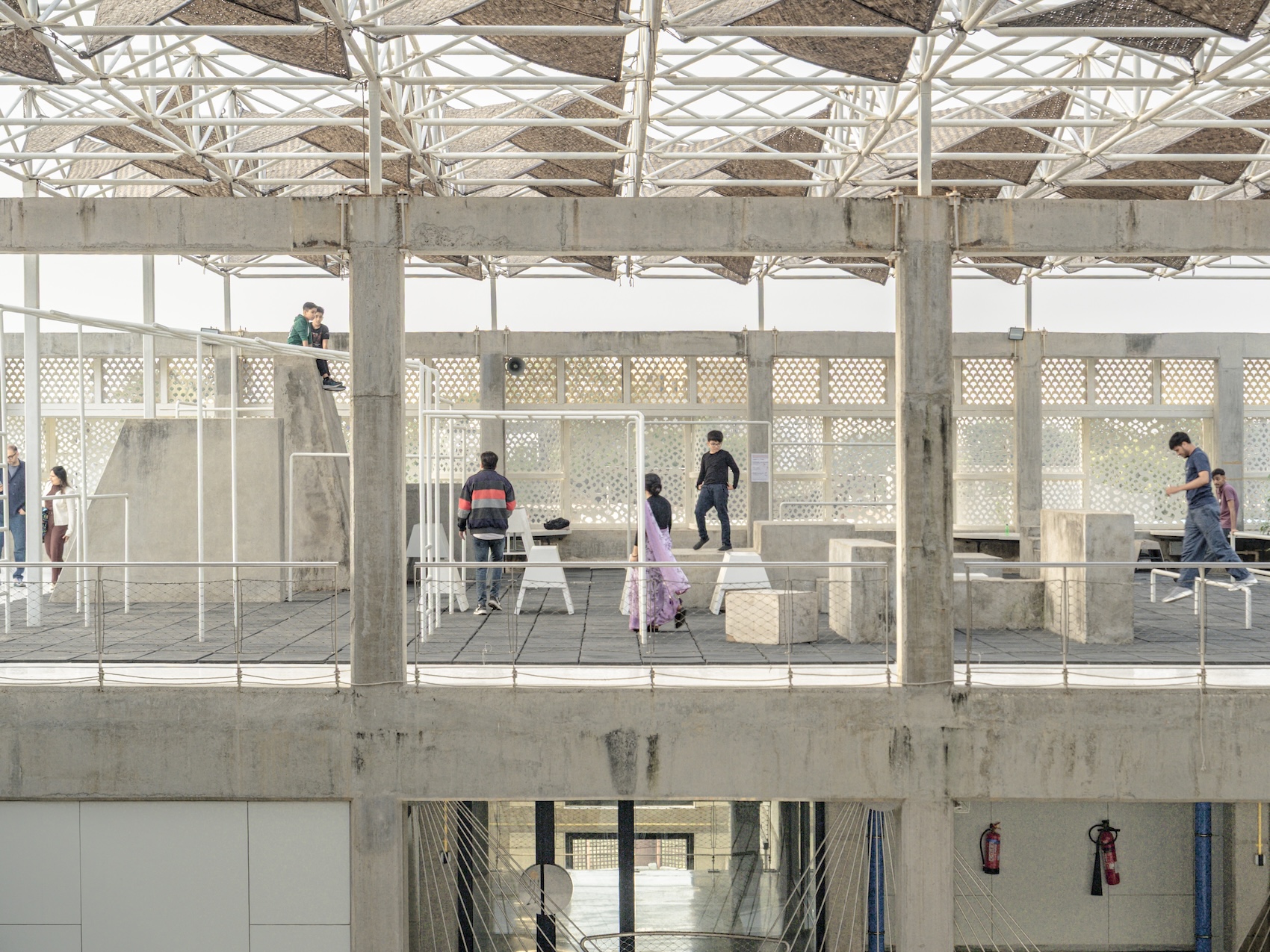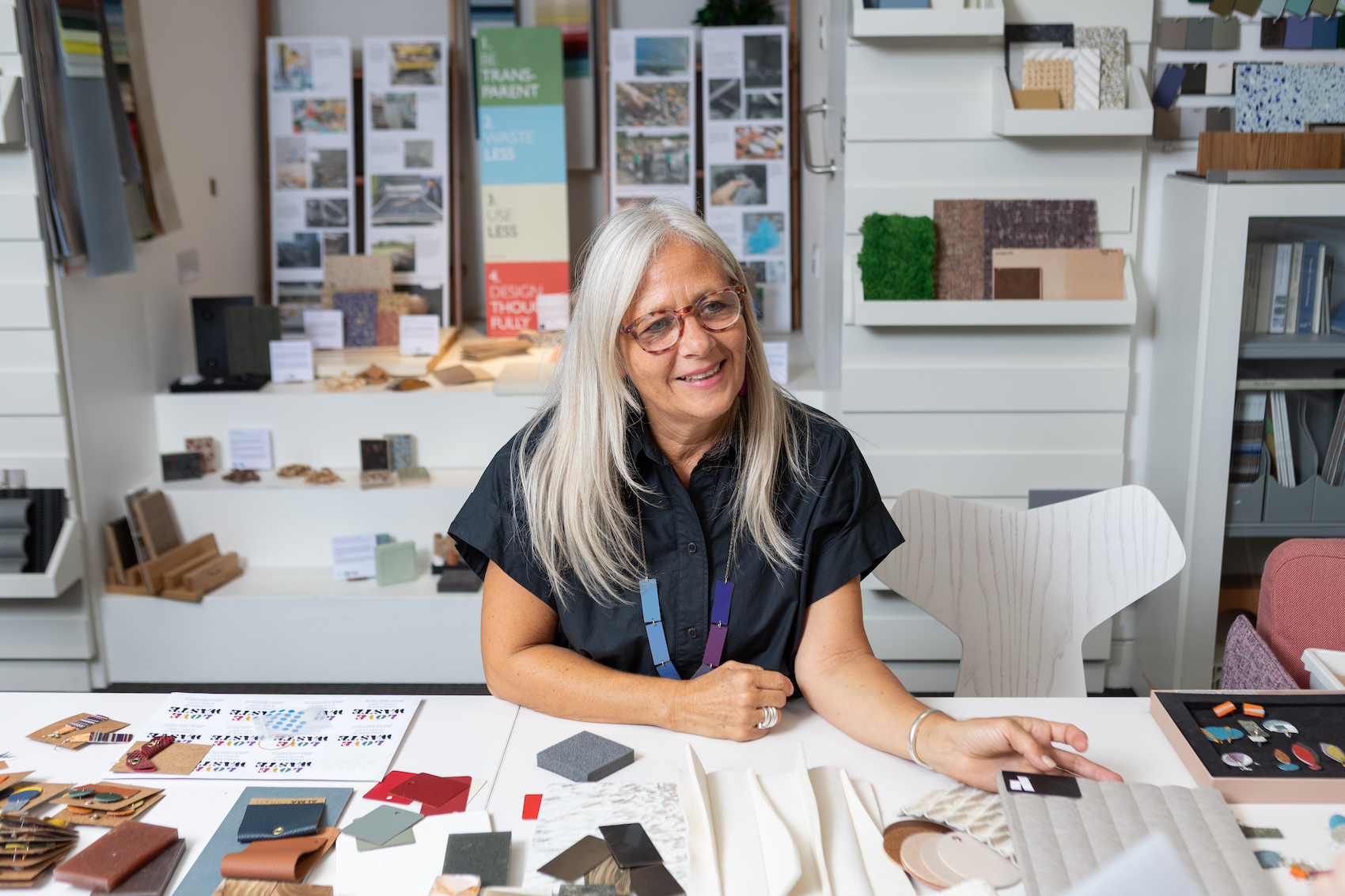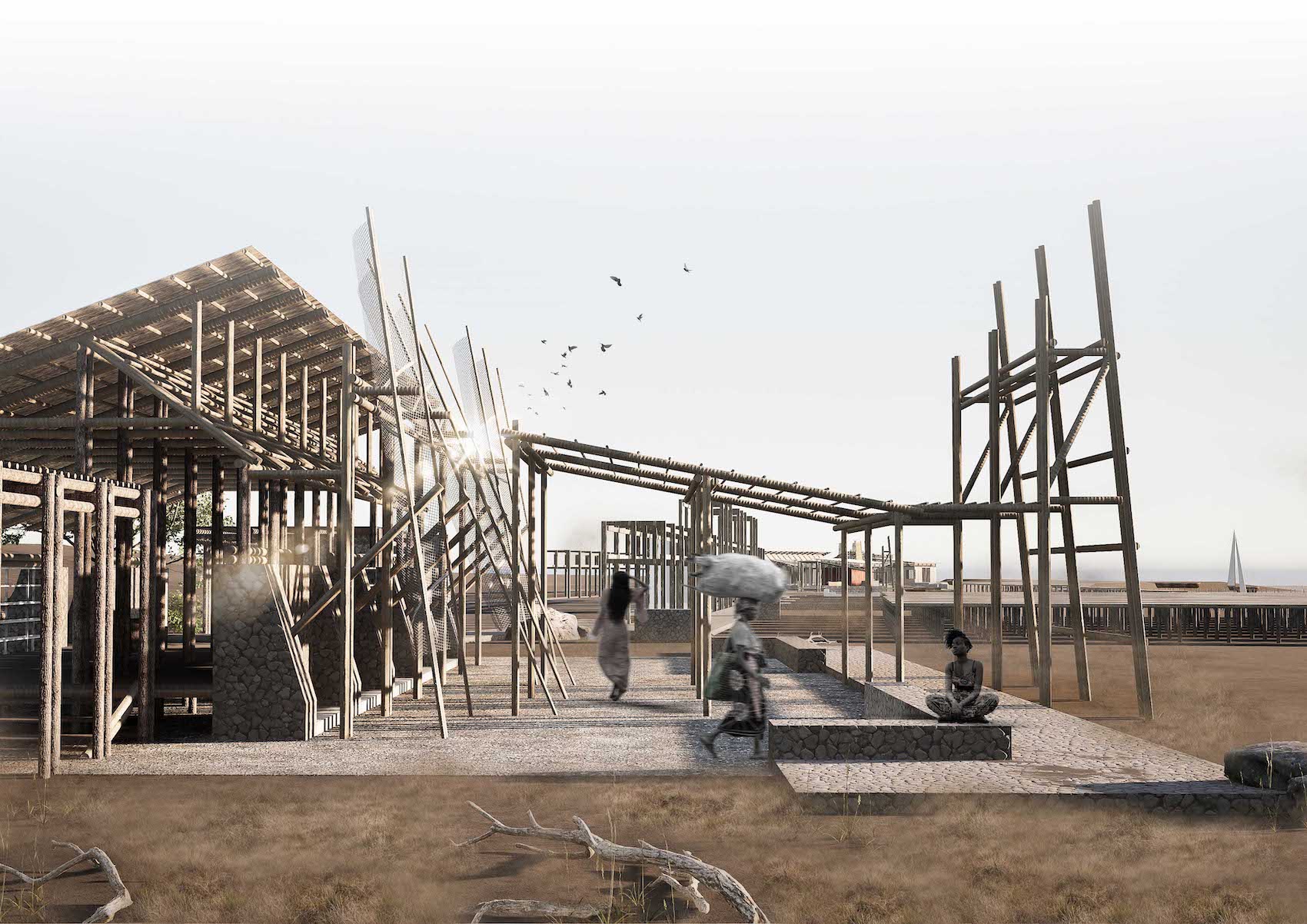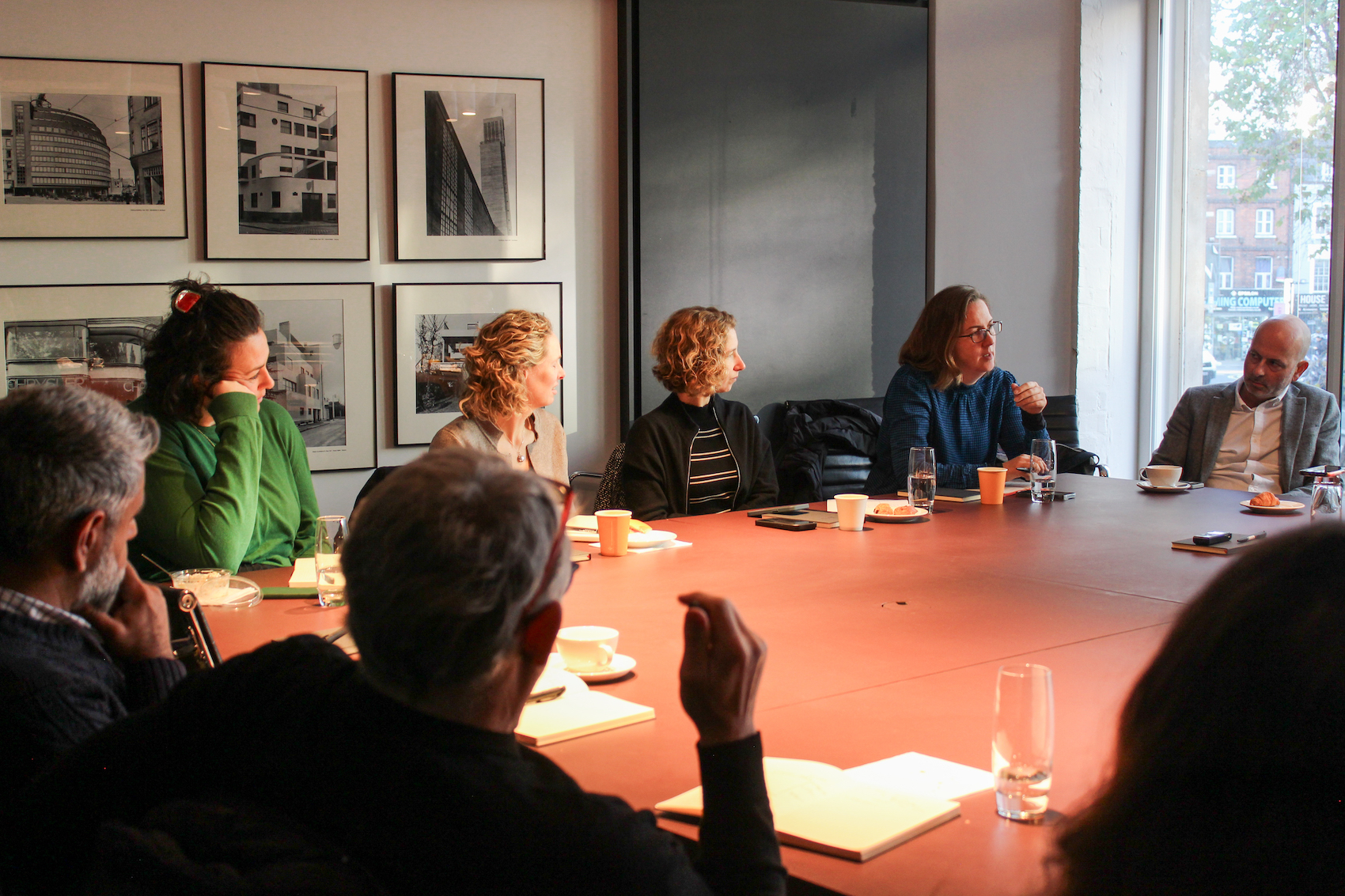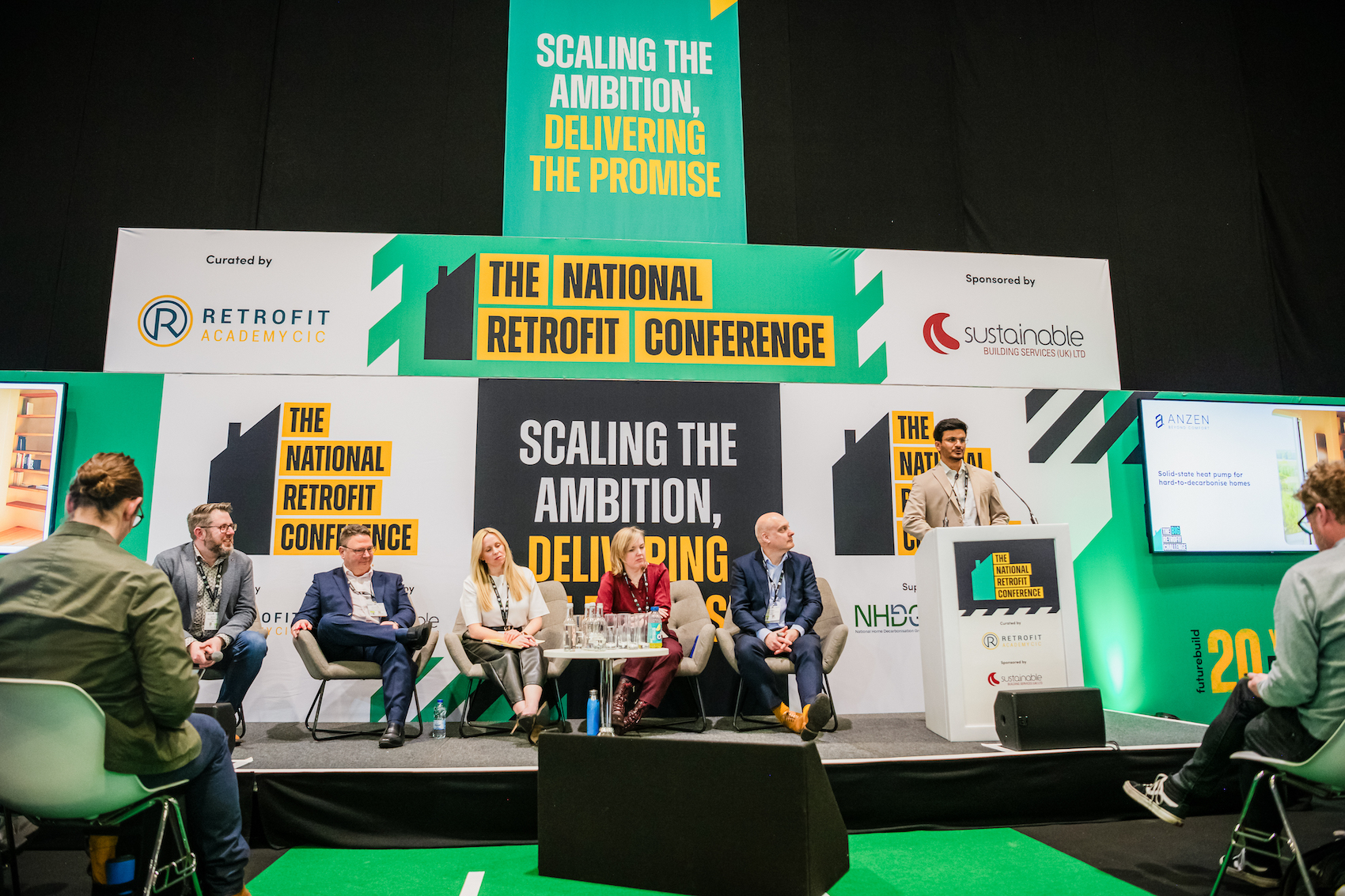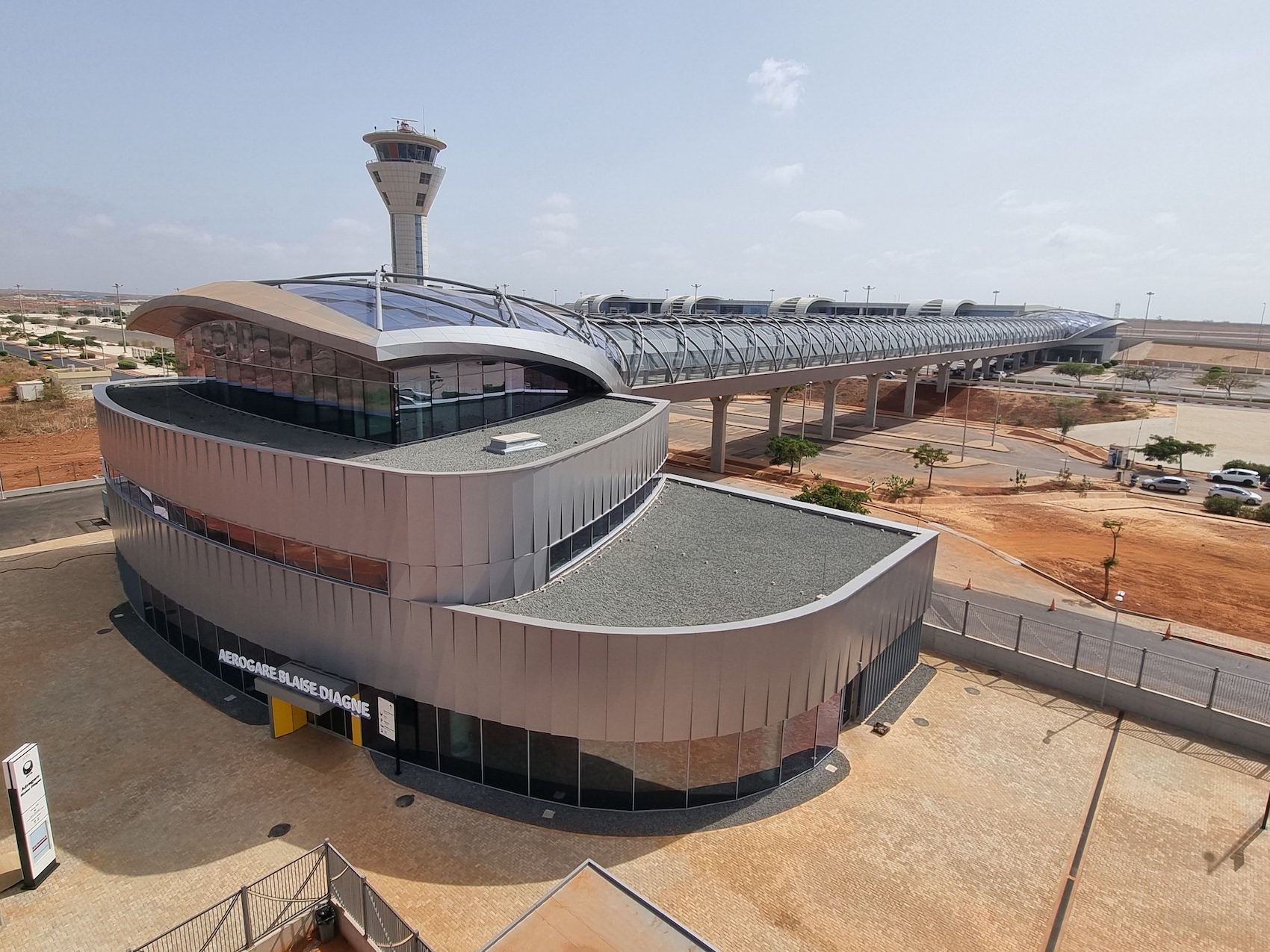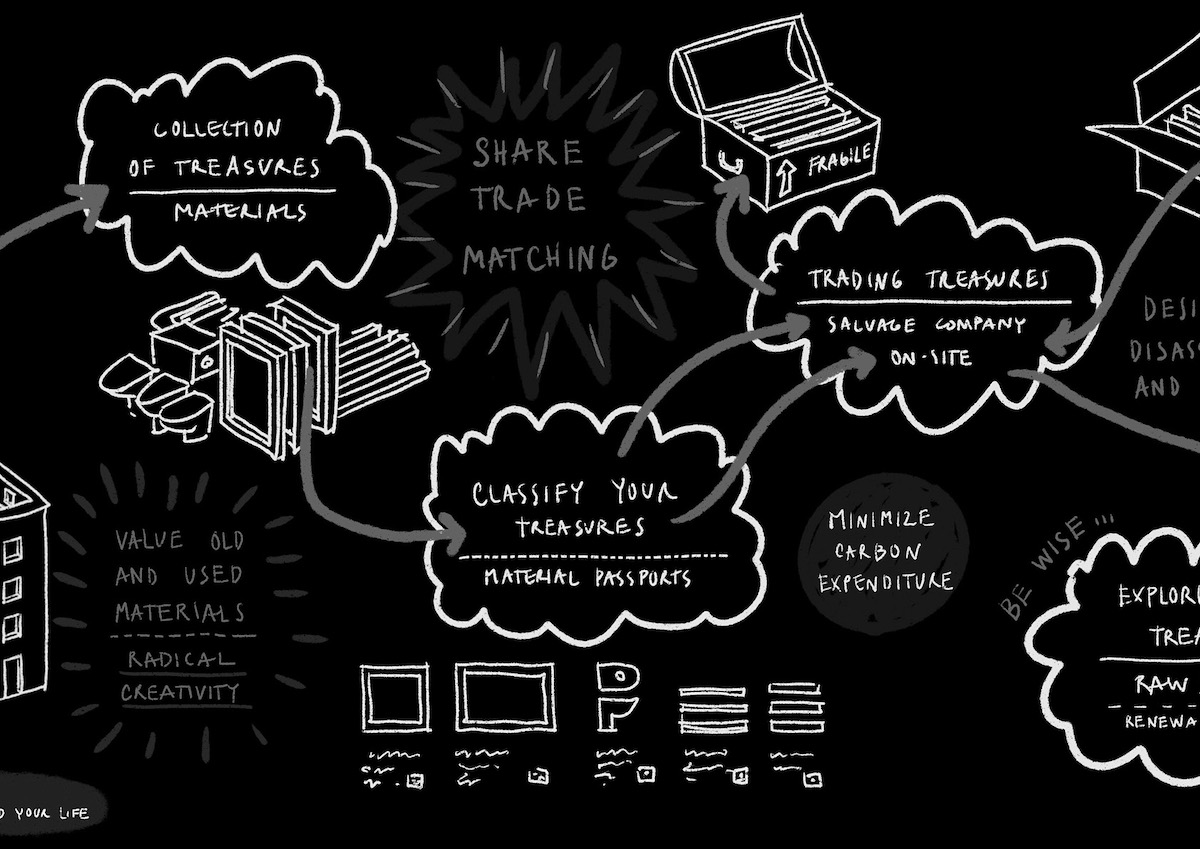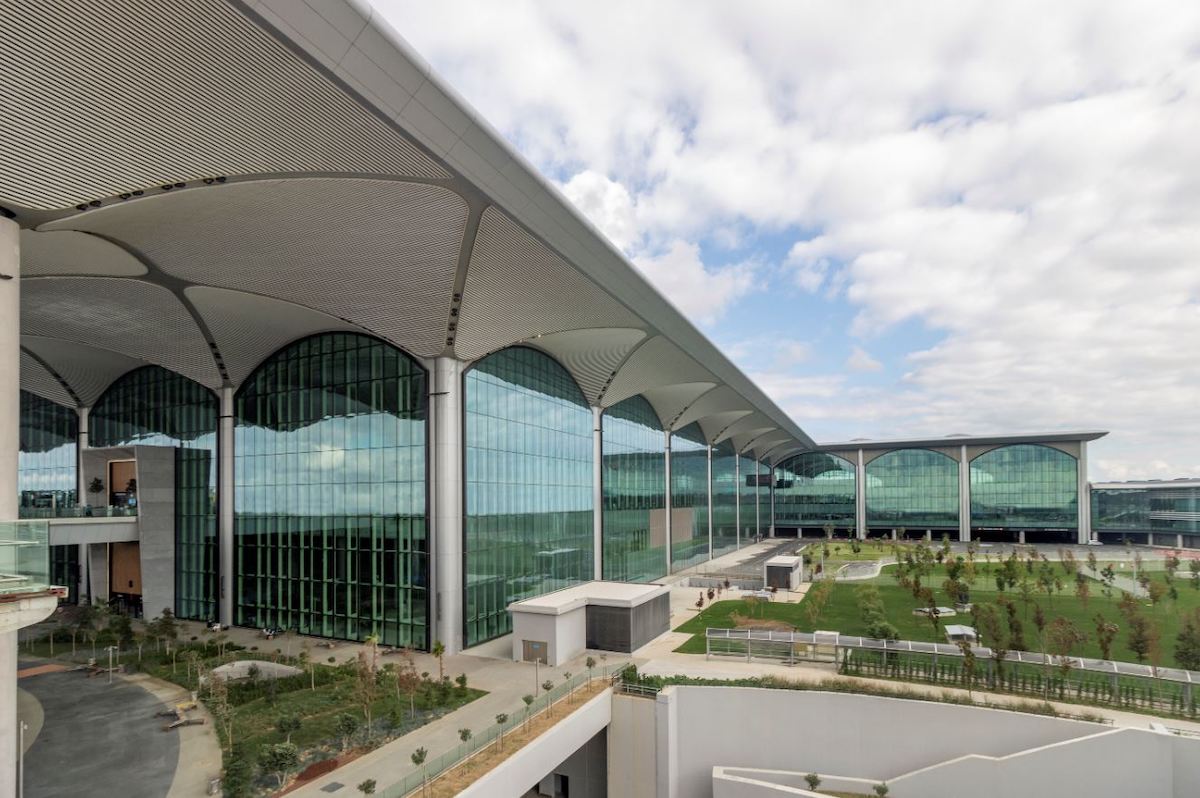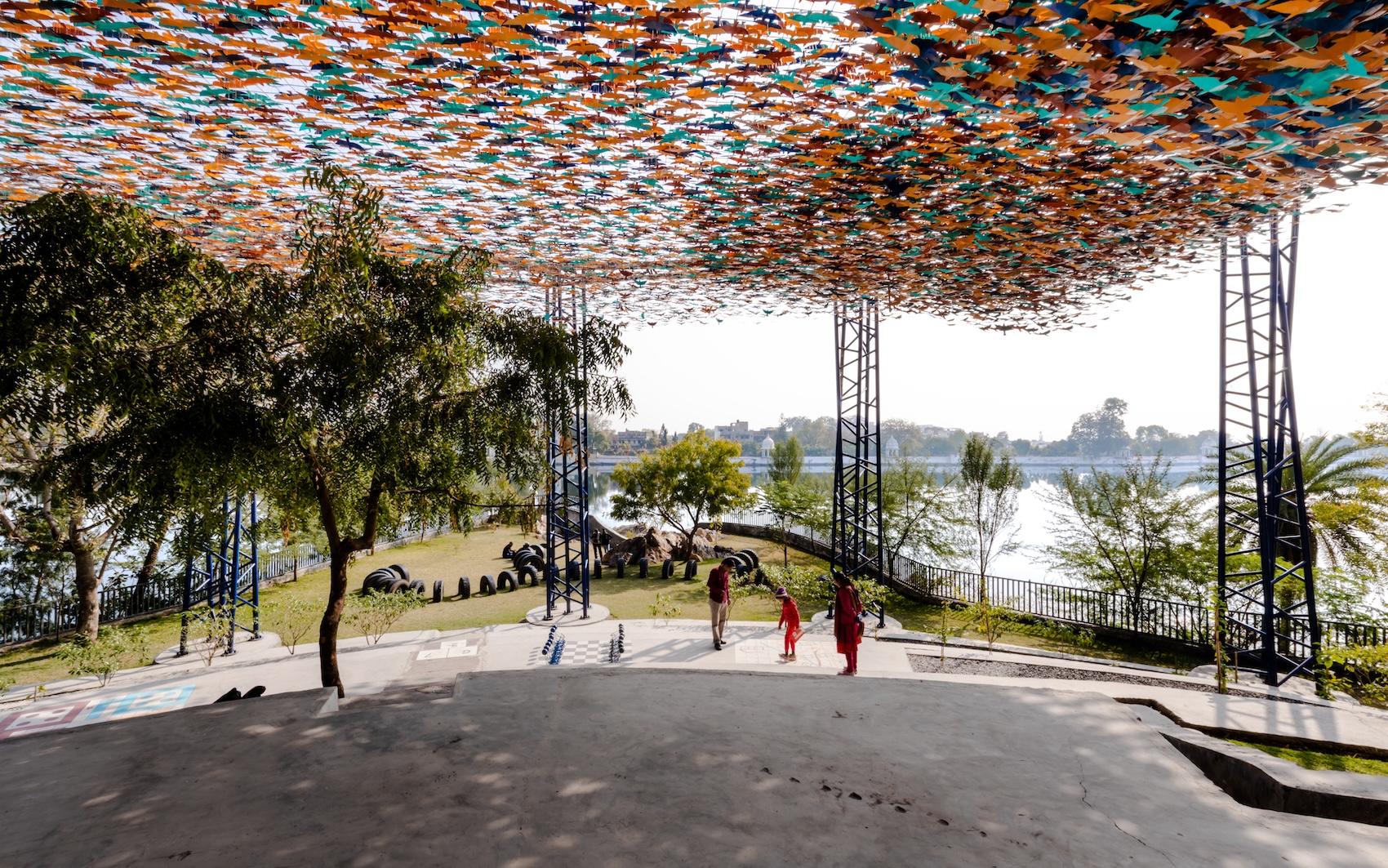Helen Hare explains why the lessons to be learnt from Milan’s design and fashion industries make it the ideal location for this year’s British Council for Offices Annual Conference.

As a long admirer of design, fashion and the built environment, it was perhaps inevitable that Milan loomed largely into view during my research to locate a host city for this year’s BCO Annual Conference. As a regular visitor since 2009, I’ve always been in awe of the city’s architecture and design, intrigued by the fortunes of its fashion industry, replete as it is with some of the world’s most famous brands, and inspired by its ability to deliver high quality, specialised materials and handcrafted items.
Fashion has always been a passion. I love everything about design, and take great pleasure in mixing classical styles with injections of the latest trends. I have a strong appreciation for quality and Milan was very much a magnet for me. What’s unique about the city is the ease with which its design and fashion houses have migrated into other sectors. Brands such as Prada and Armani have moved into areas such as hospitality, with hotels among the first to channel the design skills so prevalent in Milan, while other industries, notably the automotive and airline sectors, are not far behind.
The city’s architecture is also close to my heart. Take the Duomo. The scale of Milan’s magnificent cathedral never fails to take my breath away. It is an iconic masterpiece; powerful and dominating, yet also welcoming and elegant. It demands your attention, yet despite its scale and dominance, in many ways is so very elegant. While its interiors are vast, they are also quiet and reflective, illustrating that a large, ambitious structure can serve and accommodate the human experience in a variety of ways.
Street view ofThe Duomo (left) is simultaneously vast, quiet and reflective demonstrating that a large, ambitious structure can serve and accommodate the human experience in a variety of ways. The 19th-century glass-topped, barrel-vaulted Galleria Vittorio Emanuele II (right) is Italy’s oldest active shopping arcade.
A sustainable approach to development is another of the city’s selling points. Major investors are currently leading the way by acquiring, renovating and giving a new lease of life to commercial buildings across Milan, an approach adopted by many capital cities across Europe. Within Milan’s fashion industry are companies which design and manufacture garments with mass appeal which can be produced and sold at relatively low cost, while others are at the bespoke end, where high quality comes with an appropriate price tag. Recognising and responding to the many markets is a key to their success.
This is where I see a striking similarity between fashion and commercial architecture. Just as you can choose between high street fashion and a bespoke tailored suit, there is a wide variety of offices options available. Some customers seek buildings which come with longer leases, complete with bespoke spaces and additional services and amenities. Others may prefer something functional and at a lower cost with a short-term fast turnaround solution, a quick in and out arrangement that meets their immediate accommodation needs.
In Milan, such spaces marry beautifully crafted heritage with modern, post-modern, and contemporary architecture. This creates a unique urban fabric. The city resonates with locations like London, Manchester, Birmingham, and Bristol. Like these examples, Milan has a rich heritage at its core. It has culture, and it has its business district. It also happens to have one of the greatest concentrations of architects and designers in Europe.
Milan has been building on this creative and commercial experience to evolve towards reinventing itself as a net zero carbon and socially diverse city. It has also been successful in drawing major inward investment. Home to Italy’s biggest fintech community, thousands of businesses streaming into the Milan, helping to attract swathes of young people to its seven universities. This all promises a new era of growth for the city.
Milan demonstrates how a city’s evolution and development can be built around sustainability, and where different industries can travel jointly on the same paths.
Helen Hare is Senior Vice President and 2025 Conference Chair at the British Council for Office and Director of Projects at GPE.


